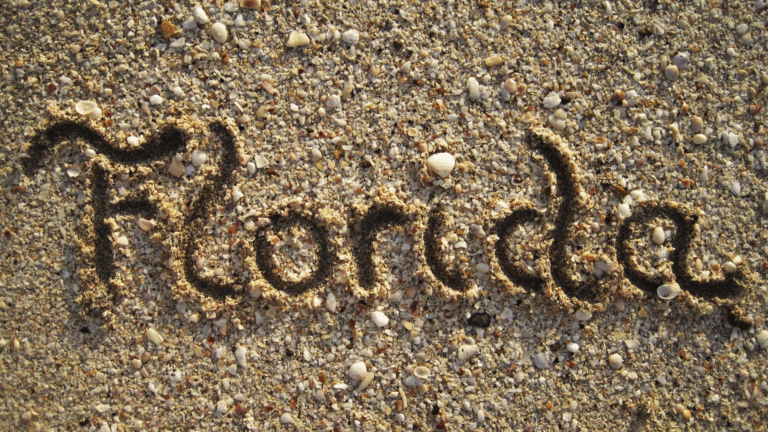12 Warning Signs a Used Car in New Mexico Might Be Trouble

Purchasing a pre-owned vehicle in New Mexico can be a smart financial move, but it comes with risks. Not every used car is a gem, and some could lead to costly repairs or safety issues. To help you avoid a bad deal, here are 12 red flags to watch for when shopping for a used car in the Land of Enchantment.
1. Suspiciously Low Price
If a car’s price seems too good to be true, it probably is. Sellers offering vehicles well below market value may be hiding serious issues like mechanical problems, flood damage, or a salvage title. Always compare the price to similar models using tools like Kelley Blue Book and check the vehicle’s history to ensure it’s legitimate.

2. No Vehicle History Report
A trustworthy seller should provide a vehicle history report from services like Carfax or AutoCheck. If they refuse or can’t produce one, the car might have a hidden past, such as accidents, title issues, or odometer fraud. Insist on seeing this report before moving forward.

3. Odometer Discrepancies
Odometer tampering is a common scam. If the mileage seems unusually low for the car’s age or condition, or if the vehicle history report shows inconsistent readings, it could indicate fraud. Verify the mileage through maintenance records and official reports.

4. Seller Won’t Allow a Mechanic’s Inspection
A reputable seller will agree to let you have the car inspected by an independent mechanic. If they resist or rush you to make a decision, they might be concealing defects. Always get a professional inspection to uncover hidden problems.

5. Visible Rust or Poor Paint Quality
New Mexico’s arid climate can be tough on vehicles, especially those not properly maintained. Check for rust on the undercarriage, wheel wells, or seams, and look for mismatched or low-quality paint, which could signal past accidents or flood damage. These issues often lead to expensive repairs.

6. Signs of Flood Damage
Flood-damaged cars are a major concern, even in New Mexico’s dry environment, as vehicles from other states may end up here. Look for water stains, musty odors, or mismatched upholstery inside the car. Electrical issues, like flickering lights, can also point to flood exposure.

7. Worn Tires or Uneven Wear
Tires can reveal a lot about a car’s condition. Uneven tread wear might indicate alignment or suspension problems, while bald tires suggest neglect. Replacing tires can be costly, so factor this into your budget if the car needs new ones.

8. Strange Noises or Handling Issues
During a test drive, listen for unusual sounds like grinding, rattling, or squealing, which could point to engine, transmission, or brake issues. Pay attention to how the car handles—pulling to one side or a shaky steering wheel could signal serious problems.

9. Check Engine Light or Other Warning Lights
A lit check engine light or other dashboard warnings should raise concerns. While it could be a minor issue, it might also indicate significant problems. Have a mechanic diagnose the issue before buying, and be wary if the seller claims they “just reset” the light.

10. Missing Maintenance Records
A well-maintained car should come with documentation of oil changes, tire rotations, and other services. If the seller can’t provide maintenance records, the car may have been neglected, increasing the risk of future breakdowns.

11. Title Issues
Verify that the car has a clean title. A salvage or rebuilt title means the vehicle was once deemed a total loss, which can affect its value and safety. Check the title status through the New Mexico Motor Vehicle Division or a vehicle history report to avoid surprises.

12. Pushy or Evasive Sellers
Sellers who pressure you to buy quickly or dodge questions about the car’s history are likely hiding something. Trust your instincts—if the seller seems untrustworthy, walk away. There are plenty of other cars to choose from.

Tips for Safe Used Car Shopping in New Mexico
To protect yourself, take these steps:
- Research the Market: Know the fair price for the make and model you’re considering.
- Get a Vehicle History Report: Always review the car’s history for accidents, title issues, or other red flags.
- Have It Inspected: Hire a qualified mechanic to check the car thoroughly.
- Test Drive Carefully: Spend enough time driving to assess the car’s performance.
- Check the Title: Confirm the title is clean and matches the seller’s information.
- Avoid Cash-Only Deals: Be cautious of sellers who insist on cash payments, as this can be a scam tactic.
Final Thoughts
Buying a used car in New Mexico can be a great way to save money, but it requires diligence. By watching for these 12 warning signs and taking precautions, you can avoid a lemon and drive away with confidence. Always prioritize transparency, documentation, and professional inspections to ensure your next vehicle is a reliable investment.







